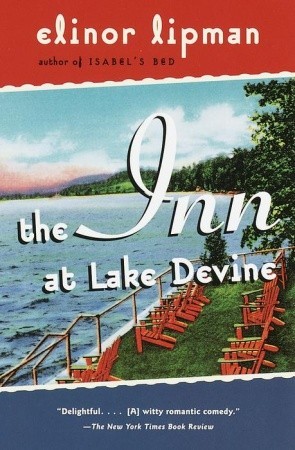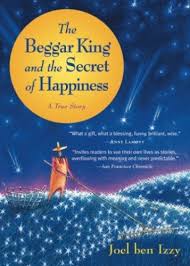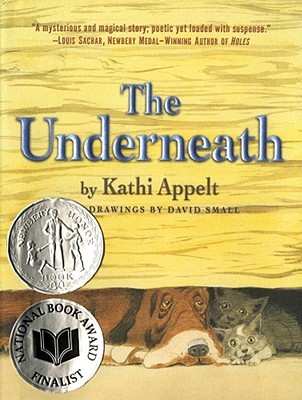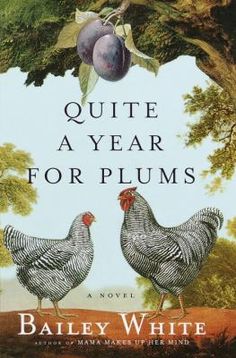
The Inn at Lake Devine
Elinor Lipman (Adult Fiction)
“It was not complicated, and, as my mother pointed out, not even personal: They had a hotel; they didn’t want Jews; we were Jews.”
In the summer of 1962, Natalie Marx’s mother mailed about a dozen inquiries to various cottages and inns along Vermont’s Lake Devine. All came back with the standard rate card and cordial note. All, that is, but one. “Our guests who feel most comfortable here, and return year after year, are Gentiles” was neatly written on textured white stationery. This act of blatant and brutal honesty ignites young Natalie’s quest to seek justice and acquire vindication and understanding.
This book was an engaging read, but seems to fall victim to its own misleading marketing. On the cover, it’s touted as a “witty romantic comedy”. While there are spots of flirtatious frolicking, describing it as a Romcom might be a bit of a stretch. Also, in the synopsis, we’re led to believe that Natalie encounters “a small bastion of genteel anti-Semitism” at this particular lakeside inn. In reality, it is only one individual who openly exhibits this prejudice. Ironically, we find out that Natalie’s own family is not immune to their fair share of prejudice, which proves to be far more damaging to Natalie than what she experienced at Lake Devine.
Lipman gives us a charming book with enough plot twists and interesting characters to keep the reader’s interest. However, don’t expect “a tale of delicious revenge” as one reviewer stated on the back cover. Rather, The Inn at Lake Devine is a light read, which can be made even more enjoyable if sitting in an Adirondack chair overlooking a lake.
Rating: 3/5
* Book cover image attributed to http://www.goodreads.com









